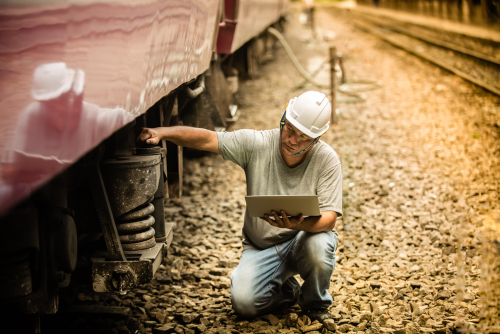
The U.S. Department of Transportation’s Federal Railroad Administration (FRA) announced it will allow railroads to use new inspection technology to have continuous railroad testing to more quickly identify and repair rail flaws before they become unsafe.
The new rule, submitted to the Federal Register on Friday, will allow for the use of ultrasonic inspection technology, augmented with global positioning system technology that will test rail lines more frequently.
“This rule will allow railroads to use the latest technology to continually monitor safety, which is a big step forward in strengthening safety and reliability on our nation’s railroads,” said U.S. Transportation Secretary Elaine L. Chao.
Using existing methods, companies must stop and inspect tracks, making inspections slower and forcing trains operating in the area to travel at slower speeds, often causing delays for both passenger and freight operations.
Continuous rail testing puts rail cars equipped with the ultrasonic and GPS technologies to examine the rails while they are traveling on the track, collecting images and location data. The rail companies then send the information they’ve gathered back to test monitoring sites to analyze the data for defects. If a defect is identified, the companies have between 36 and 84 hours to dispatch inspectors to the site. Once verified, FRA regulations require the railroad to correct the situation immediately.
With the new technology, companies can inspect between 80 and 160 miles of track per day, as compared to the nearly 20 miles of track per day currently.
Over the past 10 years, the FRA has issued waivers to larger railroads to develop and test the technology. Between May 2019 and May 2020, the FRA saw a 27 percent reduction in broken rail-cased train accidents, which is attributed to the new technology.
The FRA estimates that the new inspection technology could save the industry $121.9 million over the next 10 years through increased efficiency and fewer delays.